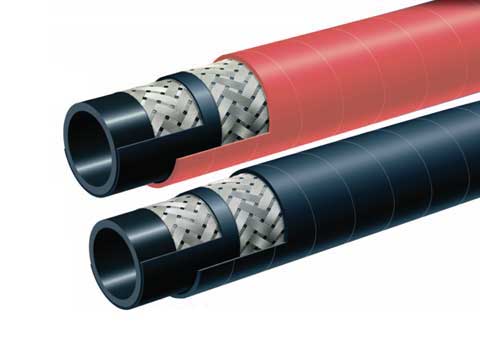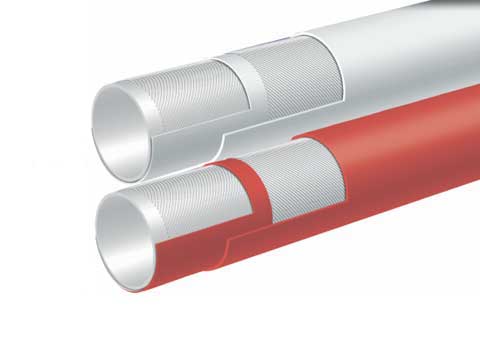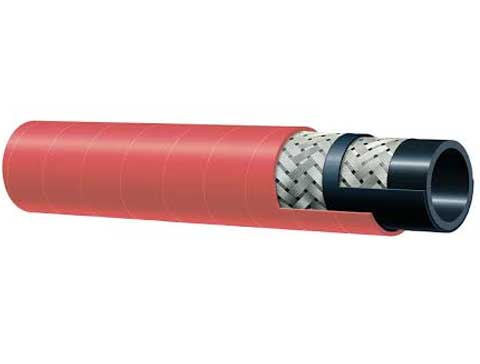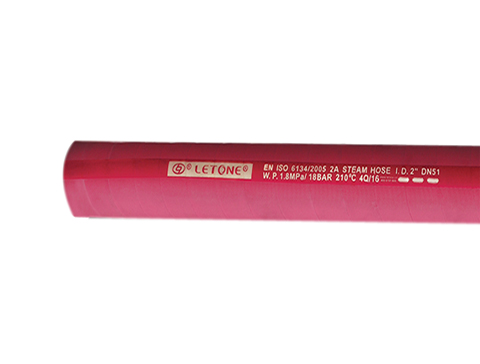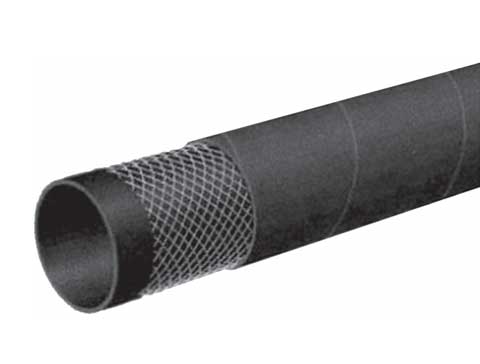Chemical hose seal connections provide a solid sealing for fluid transfer systems. They come in many sizes and shapes. Some have quick-release functions. Some fittings have angled connections that change the direction of fluid flow. Brass is a popular material for these fittings, because it is corrosion resistant and pliable.
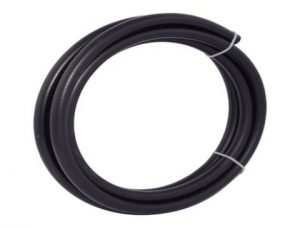
chemical hose prices
Chemical hoses are designed to handle the delivery and transfer of acids, chemicals and solvents. They are made of materials that are resistant to specific chemicals and come in a variety of construction types. They are used for transferring chemicals, petroleum products, and industrial process equipment from storage containers, as well as spraying pesticides and fertilizers.
A hose is a flexible hollow tube that carries fluids from one place to another. Hoses, unlike pipes, are flexible and can be bent and twisted as they move. They are also much lighter than pipe and are easier to handle. They are also resistant to chemicals and high temperatures.
A petrochem hose is made from a tough, durable material like PTFE, which can withstand a wide range of temperatures and chemicals. The hoses can also withstand the abrasion caused by handling rough products such as oil or sludge. They are resistant to heavy use and have a high pressure rating, making them perfect for a wide range of industrial applications. PTFE is less likely to clog and its smooth surface allows for easy cleaning. Typically, the hose is wrapped in a protective cover to keep it safe from environmental contaminants.
Quick-connect couplings for chemical hose
Chemical transfer hoses are typically used for the transferring of organic and inorganic chemicals. They are made of materials that are resistant to the chemicals and are designed for both sucking and discharging applications. They are used in many industries, such as food manufacturing, pharmaceuticals, and industrial chemicals.
These hoses have fittings installed on both ends for connecting the hose to equipment. They are also known as chemical hose assembly. They are used to transfer acids, solvents, and petroleum products from and to storage containers within plant facilities. They can also be used to spray pesticides and fertilisers.
There are several different types of quick disconnect couplings available for chemical hoses. Ball and sleeve couplings are the most common type. They have balls on both male and female halves, which draw in when an operator presses a button. These connections can be made and disconnected without the use of tools, which reduces equipment downtime and maintenance expenses.
Another type of quick disconnect coupling is the cam lock. This type has tabs on the female half that fold down and lock in place after they are inserted into the male half. This design is simple and reliable, and has been used since World War II. It also requires less force to bend than other flexible hoses, and is much more kink resistant.
tubes for chemical hoses
Chemical hose tubes differ from other hose types on several levels. Tubes are typically made from materials that can withstand greater temperatures and pressures. These tubing systems are also able to handle a greater range of chemicals than conventional hoses. However, they are not as flexible as hoses, especially when under pressure. It is important to understand these differences when choosing the right hose for an application.
Tube material is a major factor in determining hose performance and reliability. A hose's tube material will depend on the fluid, temperature, and abrasion resistance. UHMW or an XLPE tube are ideal for oil-based liquids and have good abrasion resistant. Other options include high-purity EPDM, FEP, and Nylon tube paint hoses.
Other factors can affect a hose's performance, including temperature, size, and chemical compatibility. When selecting tubes for a particular application, it is important to consult a chart of chemical compatibility. The temperature of the fluid is also an important consideration, since elevated temperatures can cause a hose to lose its flexibility. A hose should also be long enough to allow expansion and contraction under pressure. Twisting a rubber hose while installing or servicing it can reduce its lifespan by up to 90 percent. Fortunately, new bonding technology has helped to solve these problems by increasing a hose's flexibility and eliminating the need for bending.

